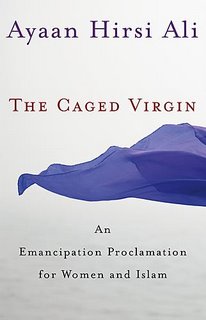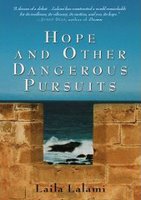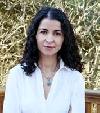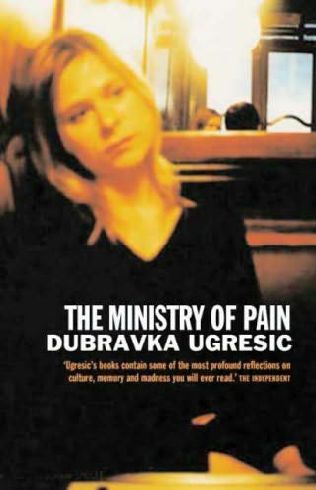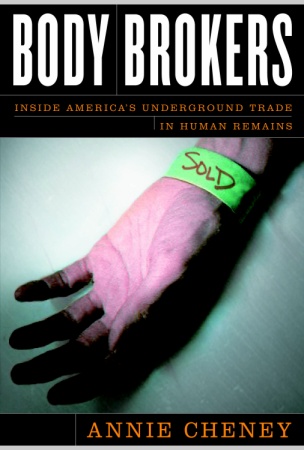 Category: Fiction - Literary
Category: Fiction - LiteraryPublisher: Anchor
Format: Trade Paperback, 208 pages
Pub Date: August 2004
What would you do if a man with a gun accosted you in a public park telling you he would shoot if you kept walking? I am sure I would be paralysed into silence, but not the protagonist of Vendela Vida's debut fiction novel; she recited poetry to the man and then suggested they go read up some more poetry at the closest bookstore! With an opening like this, ofcourse I was curious to read the book, wouldn't you be?
Anyway, without giving anything away, the rest of the book deals with how this event dictates the rest of Ellis', (the protagonist), life - it completely consumes her, upsets her emotional balance and affects, sometimes disastrously, her relationships with friends and family. Since this story is set in New York a lot of readers have referred to the incident in the park as being a 9/11 kind of incident, a random attack,but I am not sure if that is what the author had in mind when she wrote it.
One of the most striking things about this book is its prose. Vendela Vida writes in short sentences and her style is succint and precise, there are no wasted words. There is a lot of wry humour and the narrator makes you smile with her seeming fondness for minute details and observations.
However, about halfway through I grew a little bored because apart from the protagonist's see-sawing emotions and the occasional fling with mostly unsuitable men, nothing else seemed to be happening, but then suddenly and most unexpectedly, the narrator takes a trip to the Philippines to help out at a "Doctors Without Borders" kind of program. This little gem of a travelogue inserted within the pages of the story completely changed the momentum of the book and I started to relish every page again.
Don't read this book if you're expecting a thriller because despite its thrilling premise, it is more a story of contemplation, human relationships and of refusing to play the victim. However, I would recommend reading it for its quirky prose.

